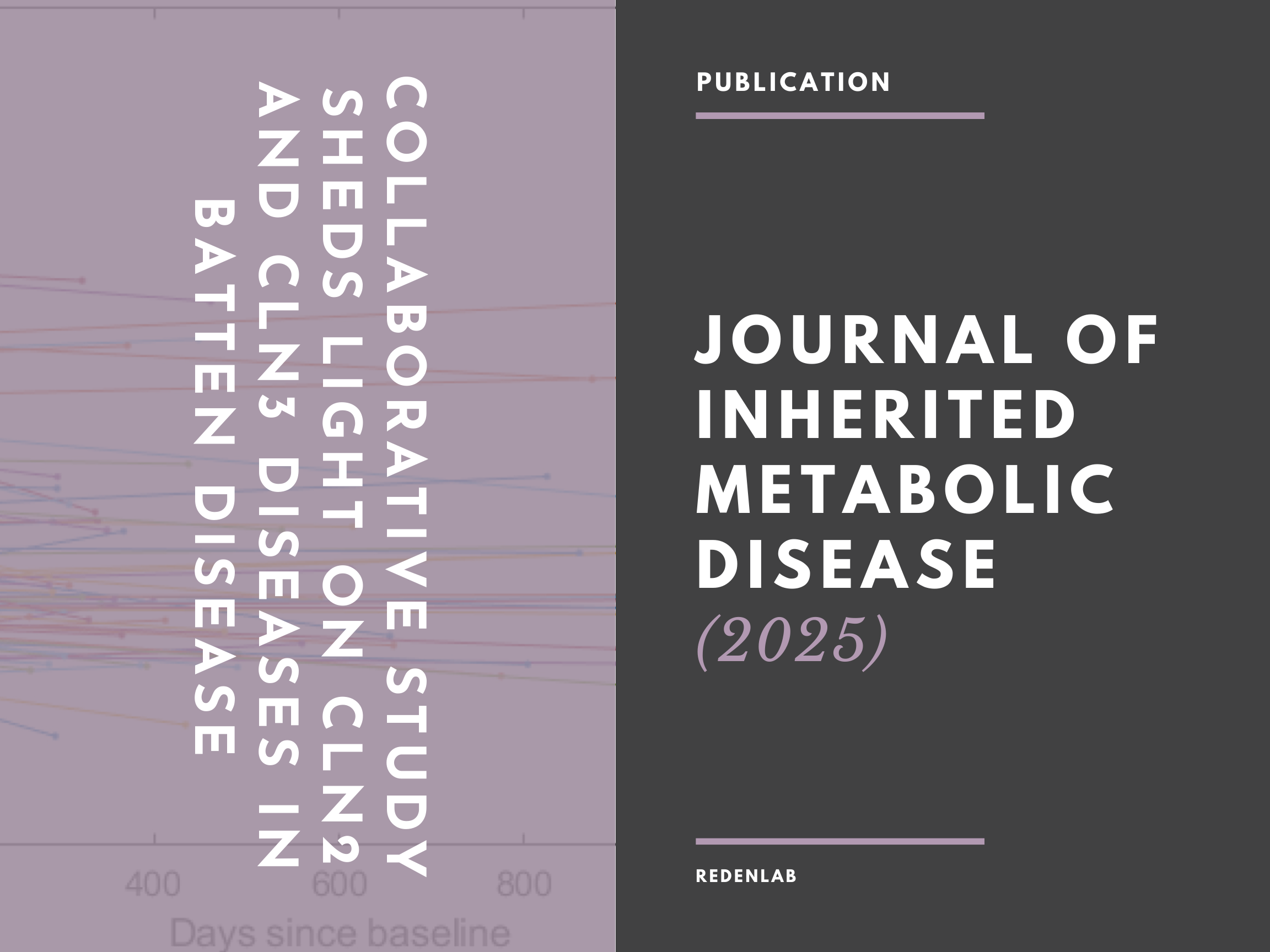Speech, Language and Non-verbal Communication in CLN2 and CLN3 Batten Disease

Batten disease, or neuronal ceroid lipofuscinosis (NCL), is a devastating childhood dementia that causes progressive loss of speech, language, and feeding skills. Among the most common forms of Batten disease, CLN2 and CLN3 represent unique challenges in the clinical progression and management of affected individuals.
In a groundbreaking study published in the Journal of Inherited Metabolic Disease, a research team led by Redenlab, in collaboration with Murdoch Children’s Research Institute, The University of Melbourne, Batten Disease Support and Research Association Australia, and others, provides new insights into these conditions.
For CLN2 disease, the progression of language impairment with dysarthria is characteristic, with many individuals becoming non-verbal as the disease advances. In contrast, CLN3 disease presents with a more variable progression, beginning with speech impairments, including neurogenic stuttering, and followed by a decline in cognitive abilities, language, and adaptive behavior.
This collaboration is an important step toward improving early diagnosis, care, and therapeutic strategies for those affected by these challenging conditions. The research offers valuable perspectives on how to manage speech, cognitive, and behavioral challenges in both CLN2 and CLN3 diseases.
Our sincere thanks to the researchers and clinical experts from Murdoch Children’s Research Institute, The University of Melbourne, and other contributing partners, including The Florey Institute of Neuroscience and Mental Health, Austin Health, and Monash University.
To read the full study, visit the Journal of Inherited Metabolic Disease here.
